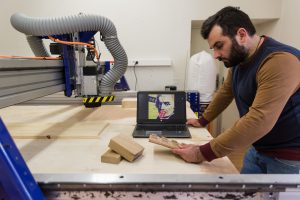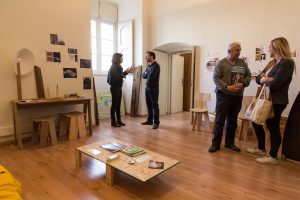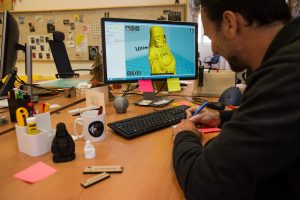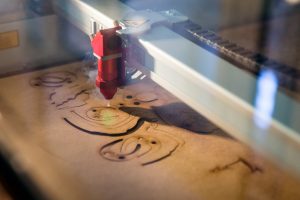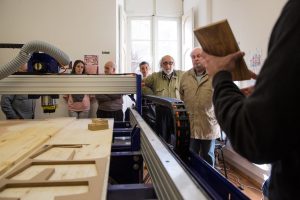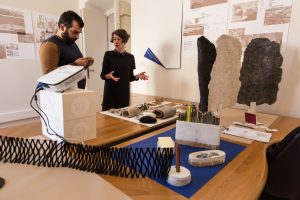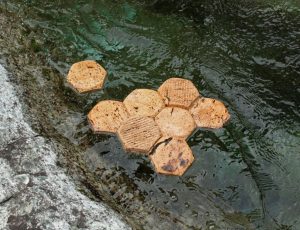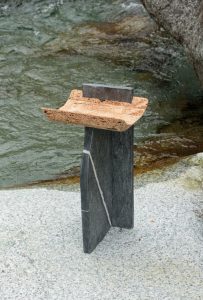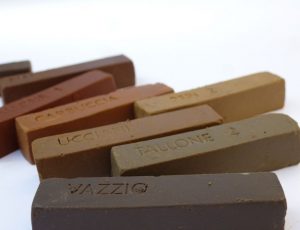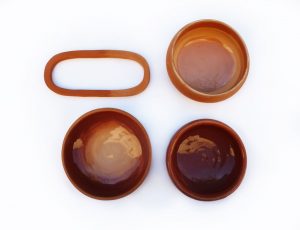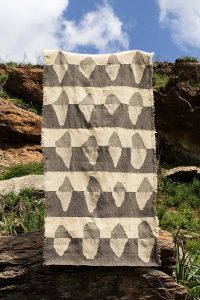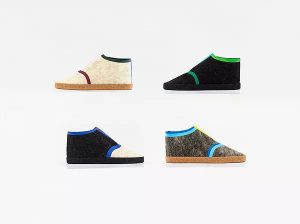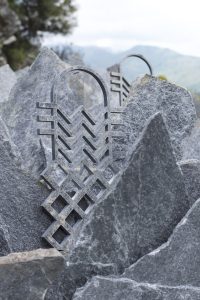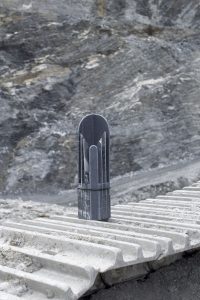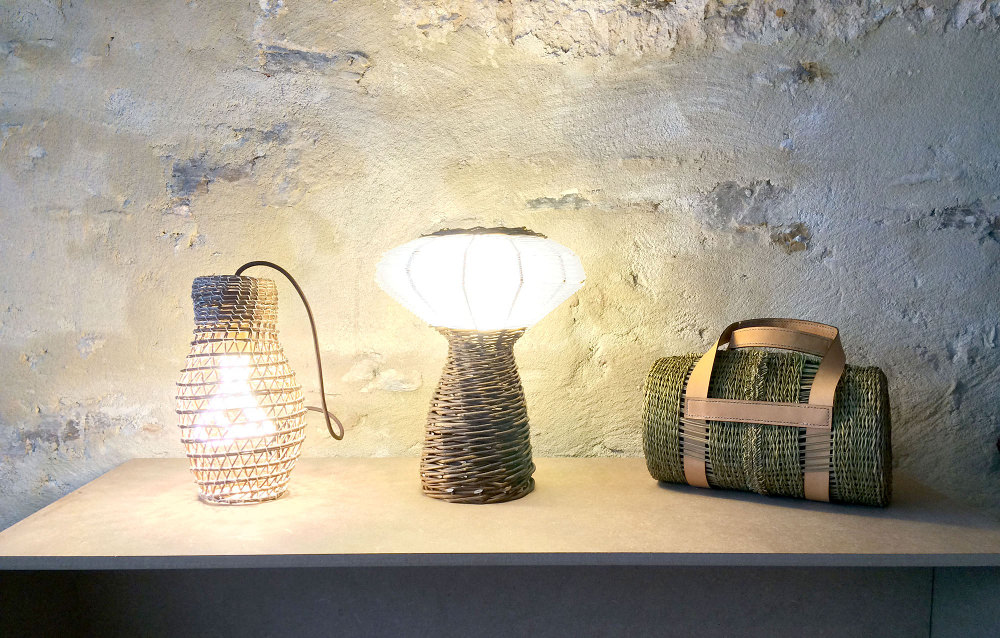The movies made by the Film and Audiovisual Department of the University of Corsica are regularly selected by national and international festivals; they promote Corsican culture and contemporary production internationally. The IUT (University Institute of Technology) offers 2 study programs.
The professional technological degree in Sound and Picture Engineering train technicians in the transmission of sound, image, production and technical management, as well as direction in the entire audiovisual domain. The classes cover preparation, shooting and post-production by direct practical experience. In their studies, students make documentaries, fictional movies, and commissioned films.
The University Diploma “Creation in Film and Audiovisual Technology in Corsica” (Créations et Techniques Audiovisuelles et Cinématographiques de Corse – CREATACC) is a thorough study program specializing in script writing, producing and realizing fiction and documentary films, in partnership with the GREC (Support Group for Research and Experimentation in Films). Professionals teach 90% of the classes. Every year, twelve novice directors and producers are enrolled in the program, similar to an artist residency.
As a graduate of CREATACC in 2012, Caroline Poggi’s films are examples of the quality of the movies produced during the program. Coproduced by the University of Corsica, and completed during the University Diploma (DU), her first movie “Chiens” (“dogs”), was selected to compete in the laboratory (Labo) category of the International Short Film Festival in Clermont Ferrand; it won first prize in the International category of the Short Film Festival in Grimstad, Norway; it also won a special mention by the young jury during the International Short Film Festival in Lille; it won the France 3 television prize “Libre Court” as well… Finally, Caroline Poggi received the Golden Bear First Prize in Berlin for her second short film, made the following year !



